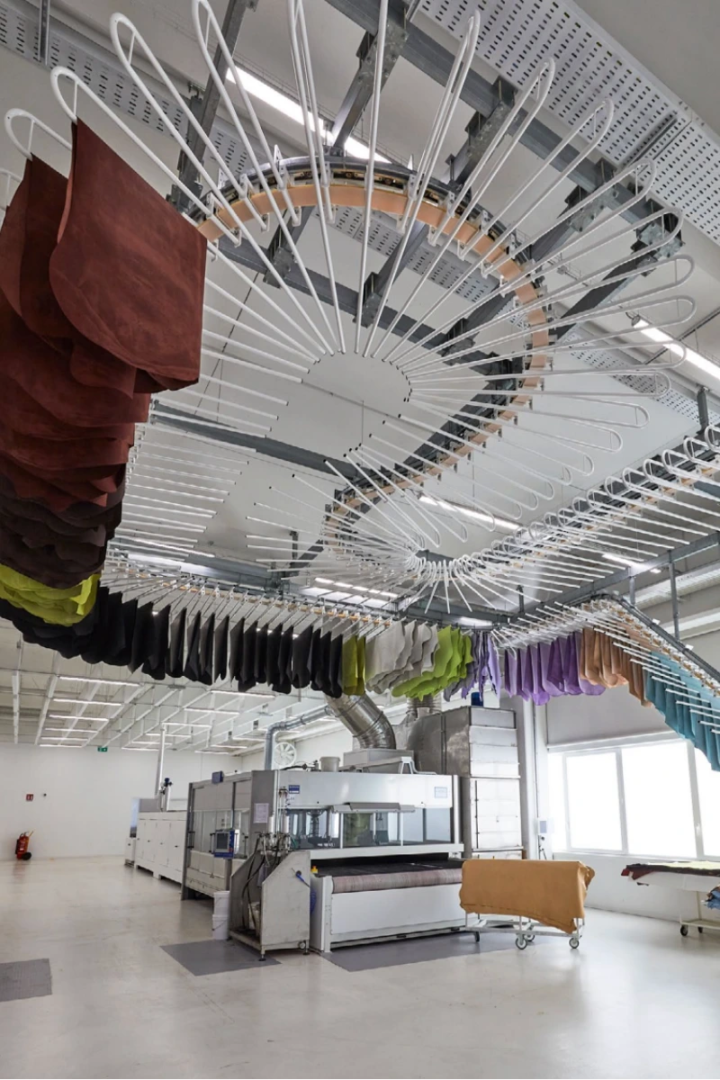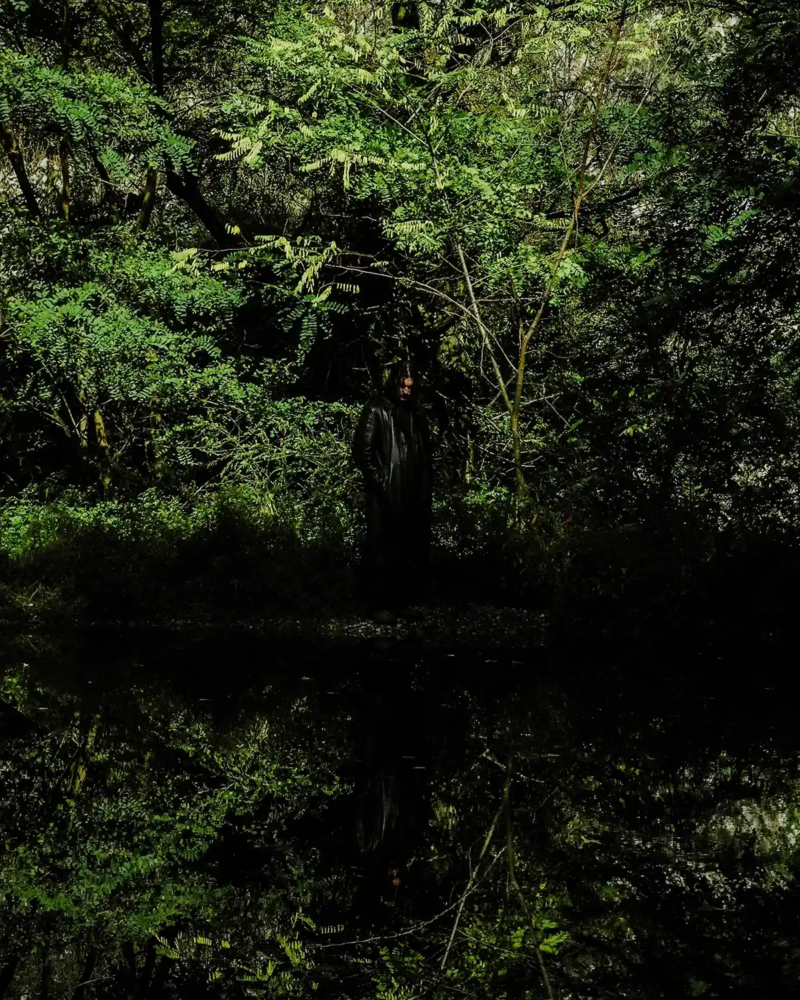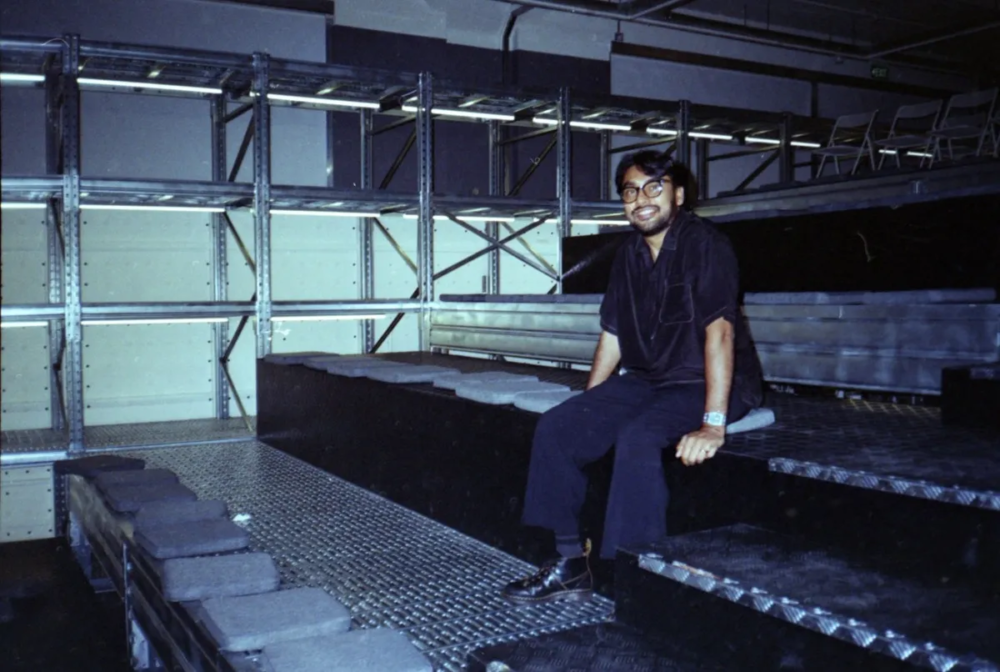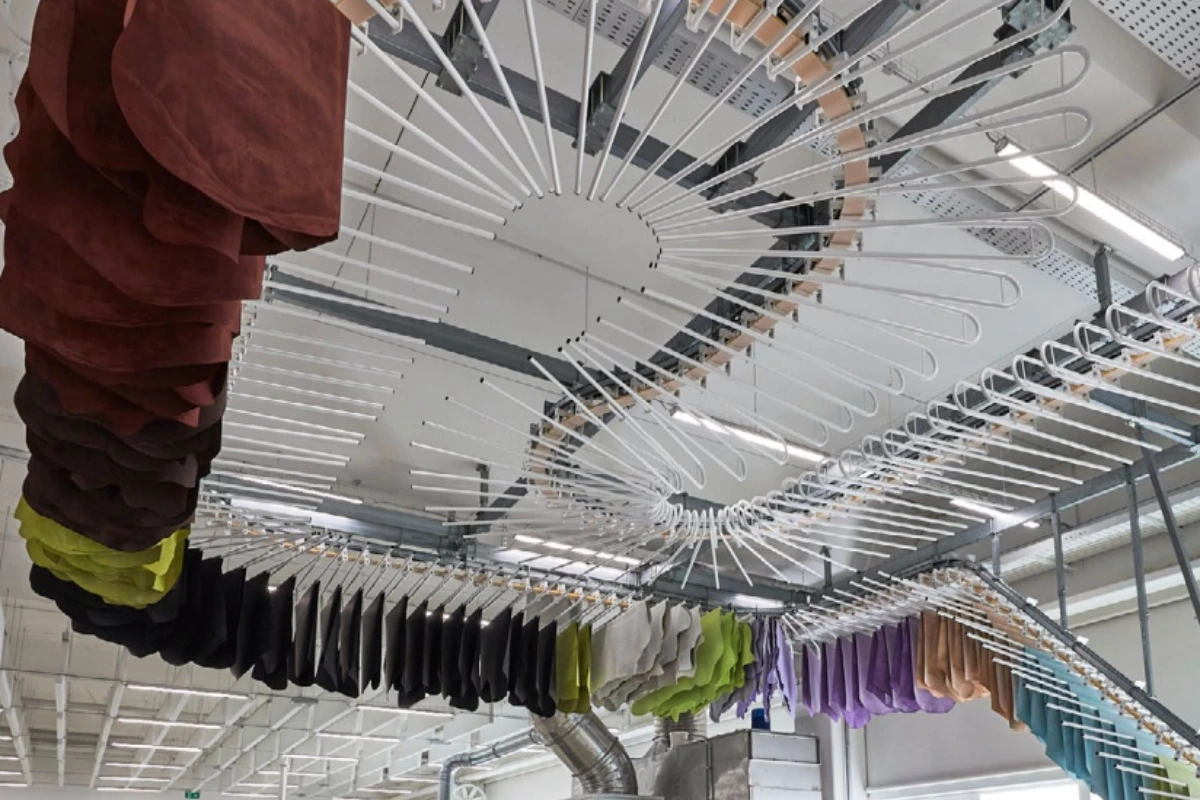
Gucci’s path toward sustainable circularity
Between transparency reports, circular hubs and material innovation, Gucci’s path highlights the opportunities and challenges of addressing climate concerns within the framework of a global fashion house
GWhen overproduction meets overconsumption, even high-end brands leave a carbon shadow
Twenty countries produce three-quarters of the world’s greenhouse gases. China makes the clothes, the United States buys them. Together, they pollute the most. The math is blunt: overproduction feeds overconsumption, and most garments end up in the ground. The UN once put it at 85%—billions of tons of textiles, enough to drown harbors every year.
Luxury is not exempt. Designer sales break records while landfill piles grow higher. Gucci alone accounts for the bulk of Kering’s sales. It runs more than 500 stores worldwide, sells billions in bags and shoes. It tells a story of permanence to a generation obsessed with both climate collapse and shopping. Millennials and Gen Z make up half of its income. They want status, but they also want to believe in the word ‘sustainability.’ The contradiction is obvious: can a logo stitched in Florence survive the heat of a burning planet?
Equilibrium in action: Gucci’s commitment to people, planet and progress
Gucci’s answer to the climate question is wrapped in a word: Equilibrium. Launched in 2018, the platform collects the brand’s commitments to the planet, people and progress into one digital home. It functions as both a transparency report and a showcase of initiatives. Here, carbon, cotton and community are presented as measurable actions and shared priorities.
The headline claim is carbon neutrality. Since 2018, Gucci has declared itself carbon neutral across its entire supply chain. The brand offsets what it cannot cut, investing in forest protection in Peru, mangrove restoration in Myanmar, regenerative agriculture in wool and leather farms. In 2023, Gucci had achieved 99% traceability for its raw materials, which they maintained in 2024 as well.
Yet carbon neutrality is a phrase that now stumbles. Offsetting has drawn heavy criticism—from Greenpeace, The Guardian, the UN—for promising more than it delivers. Trees grow too slowly to match emissions today. Mangroves planted in Asia may not balance jet-set consumption in Europe. Gucci acknowledges this tension and insists that offsets are not a substitute. They are parallel measures alongside cutting emissions at the source.
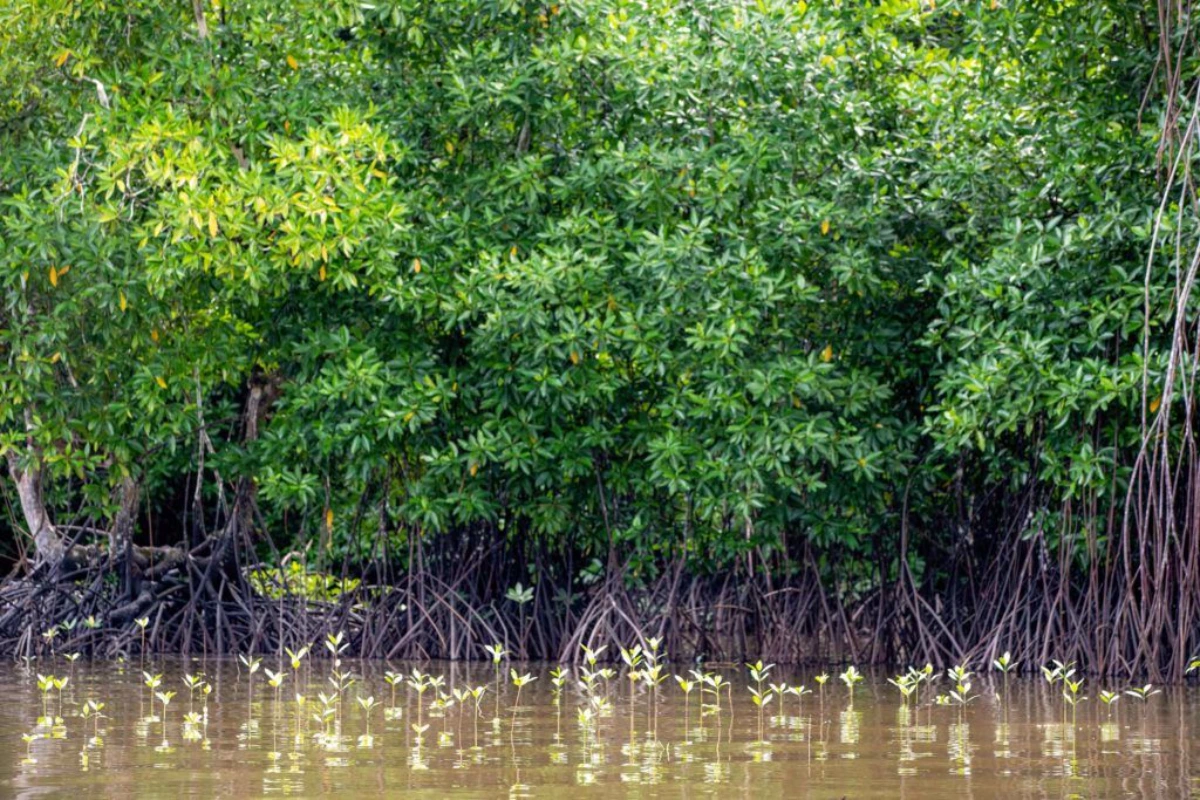
The platform is not only about numbers. Equilibrium is designed for a younger audience who wants their luxury purchases to come with an ethical receipt. Campaigns like Gucci Off The Grid dressed sustainability in recycled nylon and organic cotton. More recently, Gucci’s attention has shifted to Circular Hub, launched in 2023. The production model is designed to recycle, repurpose and reduce waste at scale. It’s pitched as the industrial future of fashion—cleaner, leaner, renewable.
Material innovation plays its role. In 2021, Gucci debuted Demetra, an animal-free fabric made from plant-based and recycled raw materials. By 2023, its Horsebit 1955 bag in Demetra won PETA’s award for Best Vegan Bag. Admirers call it progress; sceptics call it tokenism, pointing out that leather still accounts for almost 60% of Gucci’s sales. The tension is still there—sustainability is celebrated, but the brand’s financial spine remains tied to animal skins.
Equilibrium works on another level—culture. Gucci was among the first luxury houses to step into the resale economy, partnering with The RealReal in 2020. It was a provocative move in an industry built on exclusivity. Gucci called it circularity, but it also looked like brand management: better to guide resale than to resist it. The Equilibrium reports, released annually, are detailed, insisting on progress, highlighting reductions, celebrating community programs. They push back against the charge of greenwashing.
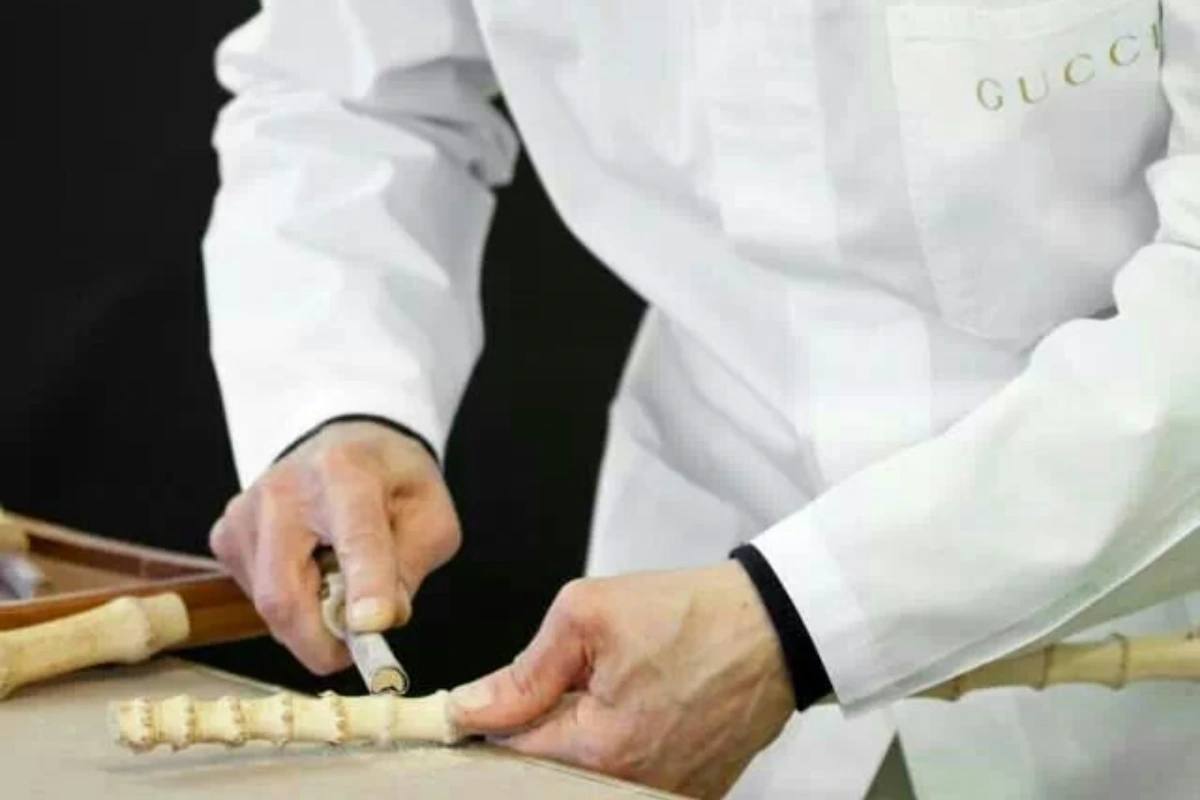
Gucci’s 2024 Impact Report: Progress is there, but so is room for growth
In their 2024 Impact Report, Gucci registered a 4% reduction of absolute GHG emissions in scopes 1 and 2 of the GHG Protocol. An overall 32% reduction in GHG gas emissions was reported across all scopes compared to 2022. The production of raw material and processing, which generated 64% of the company’s emissions, decreased by 22% compared to the previous year.
They also highlight Gucci’s second ranking among 250 major fashion brands and first among luxury brands in Fashion Revolution’s “What Fuels Fashion?” report—a special edition of the Global Fashion Transparency Index. The company was also ranked first for ESG in the 2024 Vogue Business Index.
This indicates progress in addressing indirect emissions, but Gucci’s reliance on carbon offsetting remains a significant aspect of its strategy. The company continues to support REDD+ forest conservation projects in regions such as Peru, Kenya and Indonesia. Designed to protect existing forests, prevent deforestation and promote sustainable land management, these projects have the dual goal of storing carbon and supporting local ecosystems. But the effectiveness of these offset programs has been a subject of doubt. There were concerns about the credibility of certain carbon credits, with findings suggesting that a substantial portion may not deliver the anticipated environmental benefits. Independent analyses have raised questions about the effectiveness of such offset programs, highlighting that voluntary carbon credits can vary widely in quality. Concerns include verification challenges, overestimated carbon capture, questions about permanence. These critiques don’t negate the environmental work being done, but they underscore the limits of offsets as a sole climate strategy. Mangrove in Madagascar cannot fully ‘balance’ the carbon released to produce a luxury python bag in Milan.
In response to these concerns, Gucci has adjusted its public claims regarding carbon neutrality. It has responded by clarifying that offsets are a complement to direct emission reductions. They were not supposed to be a substitute. The company remains committed to reducing its carbon footprint, acknowledging the complexities involved in achieving true carbon neutrality and the limitations of offsetting as a sole solution.
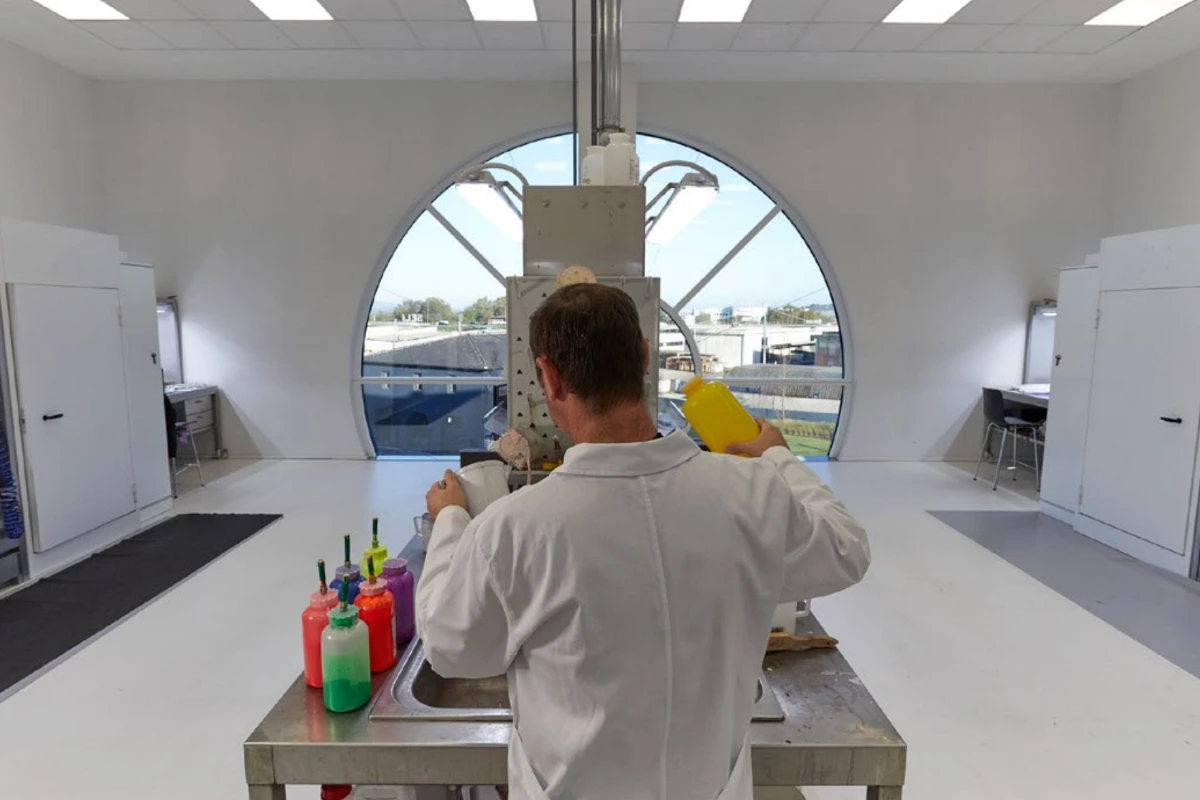
Global Greenhouse Gas Emissions: A 2025 Overview
As of the 2023 report, China, the United States, India and Russia dominate the list of the highest CO₂ emissions in the world. The U.S. comes second with 12%. China—the world’s largest textile producer and exporter—comes first, contributing to more than a third of the world’s CO₂ with 33.98%.
The fashion industry continues to be a significant contributor to emissions. Its global carbon footprint rose to nearly 944 million metric tons in 2023. Overproduction, fast fashion and reliance on virgin polyester are major drivers here. The awareness of climate risk is increasing, but the majority of purchased clothing still sits unworn, feeding an ongoing cycle of overconsumption.
In a world where the majority of emissions is concentrated in a handful of countries and fast fashion continues unabated, Gucci stands as a case study in contradiction: a brand that can champion climate-conscious initiatives while remaining firmly entrenched in the structures that drive environmental harm. For its consumers—luxury-hungry yet increasingly eco-aware—the question persists: how much responsibility can a single brand truly shoulder?
The modern Gucci consumer: Balancing desire, status and responsibility.
Millennials and Gen Z together drive nearly half of Gucci’s sales. These are the consumers who pursue luxury, yet are also acutely aware of climate change, resource scarcity and the social impact of their choices. The tension between desire and responsibility defines the modern Gucci customer.
Behavioral trends illustrate this shift. Young consumers increasingly embrace fashion rental, repair and resale, integrating these practices into their lifestyle rather than treating them as anomalies. More than before, there’s openness to circular economy practices and an awareness of the environmental implications of consumption.
Gucci has responded to this evolving market. The brand’s partnership with The RealReal signals a willingness to engage with resale as part of a broader sustainability strategy, while initiatives like Circular Hub and the introduction of plant-based materials such as Demetra reflect an effort to extend the lifecycle of products. These programs allow Gucci to align with consumer values without compromising the perception of exclusivity that defines luxury.
Yet questions remain about motivation. For some consumers, eco-conscious behavior may be a genuine reflection of concern for the planet. For others, it could function as an additional status marker, signaling moral and cultural sophistication alongside financial capability. Gucci occupies this intersection, designing experiences and products that satisfy both the desire for ethical engagement and the enduring appeal of luxury. In this space, responsibility and prestige are intertwined. They are shaping both what the consumer buys and how they perceive themselves through consumption.
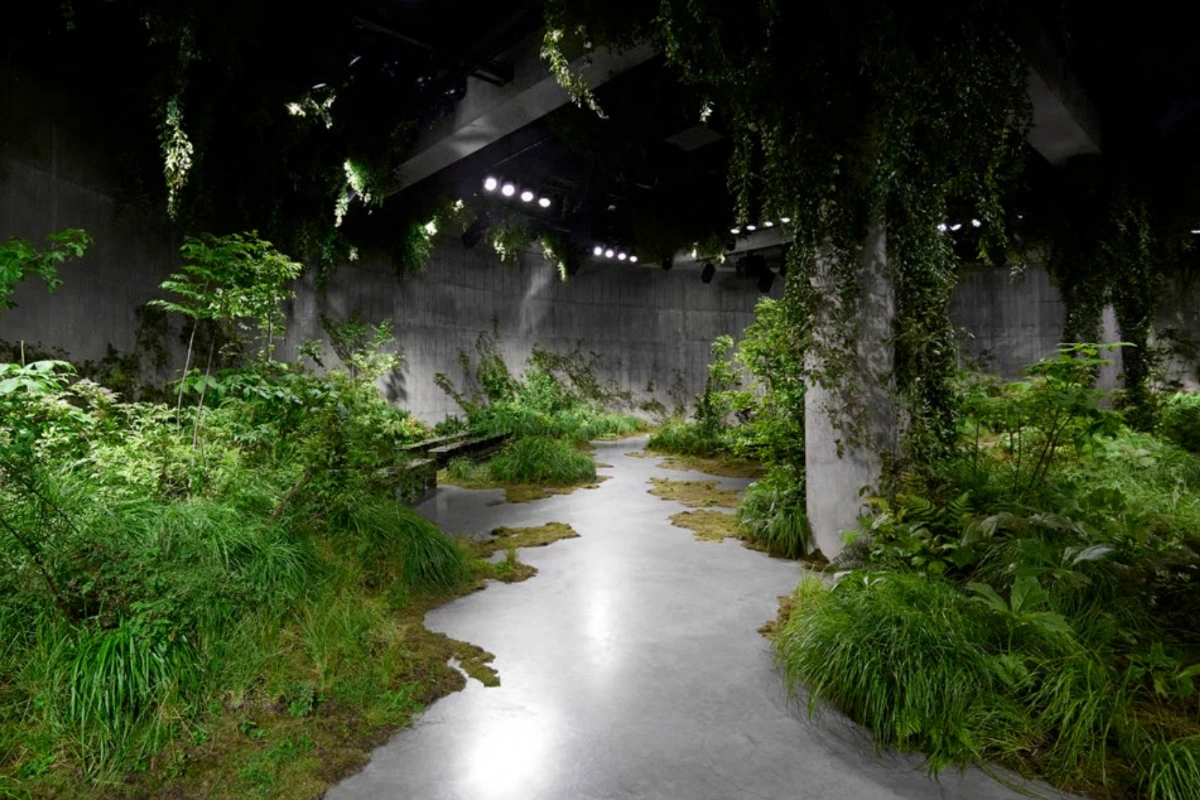
Innovation, controversy and continuity: Gucci’s complex path forward
Gucci in 2025 sits at a crossroads. Leadership has shifted. Stefano Cantino has been CEO since 2024, following the brief tenure of Jean-François Palus. On the creative side, Sabato De Sarno led as creative director from 2023 to 2025. Demna Gvasalia took over in 2025. These transitions inevitably raise questions about continuity, priorities and how the brand balances heritage, innovation and responsibility.
Still, legal and ethical scrutiny continues to shape the brand’s path. Back in 2024, PETA filed a lawsuit against Gucci over the use of python skins. According to it, the company falsely claimed that python-skin products were obtained through the natural shedding process. The undercover investigation claimed to reveal that the animals were, in fact, killed during the process.
While the fashion house and its parent company, Kering, are navigating the lawsuit, leather remains the backbone of the brand. It underscores the tension between ethical innovation and financial dependence on traditional luxury materials. Gucci’s position in fashion is dual: leader and offender. It has invested heavily in offset programs, renewable energy, circular initiatives and material innovation. But it remains a major producer of high-impact luxury goods, tied to a system of overproduction and supply chains that generate significant environmental footprints.
The challenge will be navigating this balance. Can Gucci maintain its status as an ethical pioneer while continuing to profit from practices under inspection? The current landscape suggests that the brand will need to combine direct emissions reductions, transparency in sourcing and innovation in materials with ongoing engagement in circularity and resale programs.
